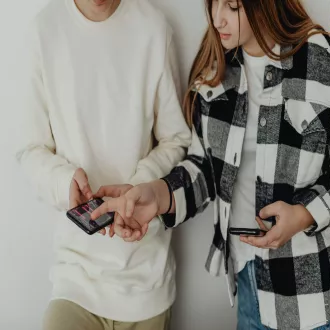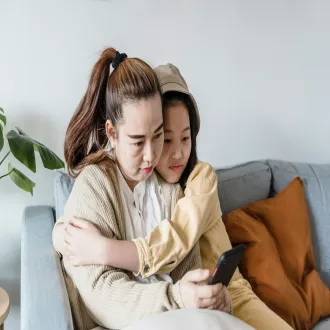Transcription Improving nonverbal communication. Body rapport
The Body Speaks
It is estimated that more than half of our communication is nonverbal.
Our bodies constantly send messages through posture, gestures, and facial expressions.
Being an effective communicator involves not only being aware of our own nonverbal messages, but also being able to read and respond to those of others.
An open, relaxed posture invites connection, while crossed arms and a tense stance create a barrier.
The Art of Mirroring
One of the most powerful techniques for building rapport on a nonverbal level is to "mirror," or subtly reflect, the other person's body language.
This doesn't mean crudely mimicking every movement, which would feel awkward.
It's about subtle calibration.
If the other person leans forward, we can lean in slightly as well.
If they cross their legs, we can do the same for a few moments afterward.
If their speech rate is slow, we can adjust ours to match it.
This mirroring creates a powerful sense of similarity and connection at an unconscious level, based on the principle that "people feel comfortable around people who are like them."
Calibrating Personal Space.
We all have a "bubble" of personal space in which we feel comfortable.
The appropriate distance for a conversation varies among cultures and individuals.
Invading someone's personal space can make them feel uncomfortable and defensive.
Standing too far back can create a sense of emotional distance.
A key social skill is calibrating this distance.
Notice the subtle cues: if you take a step toward someone and they step back slightly, you've found the edge of their comfort zone.
Respecting this space is a nonverbal way of showing respect and consideration.
The Gaze of the Worry
improving nonverbal communication and body rapport




